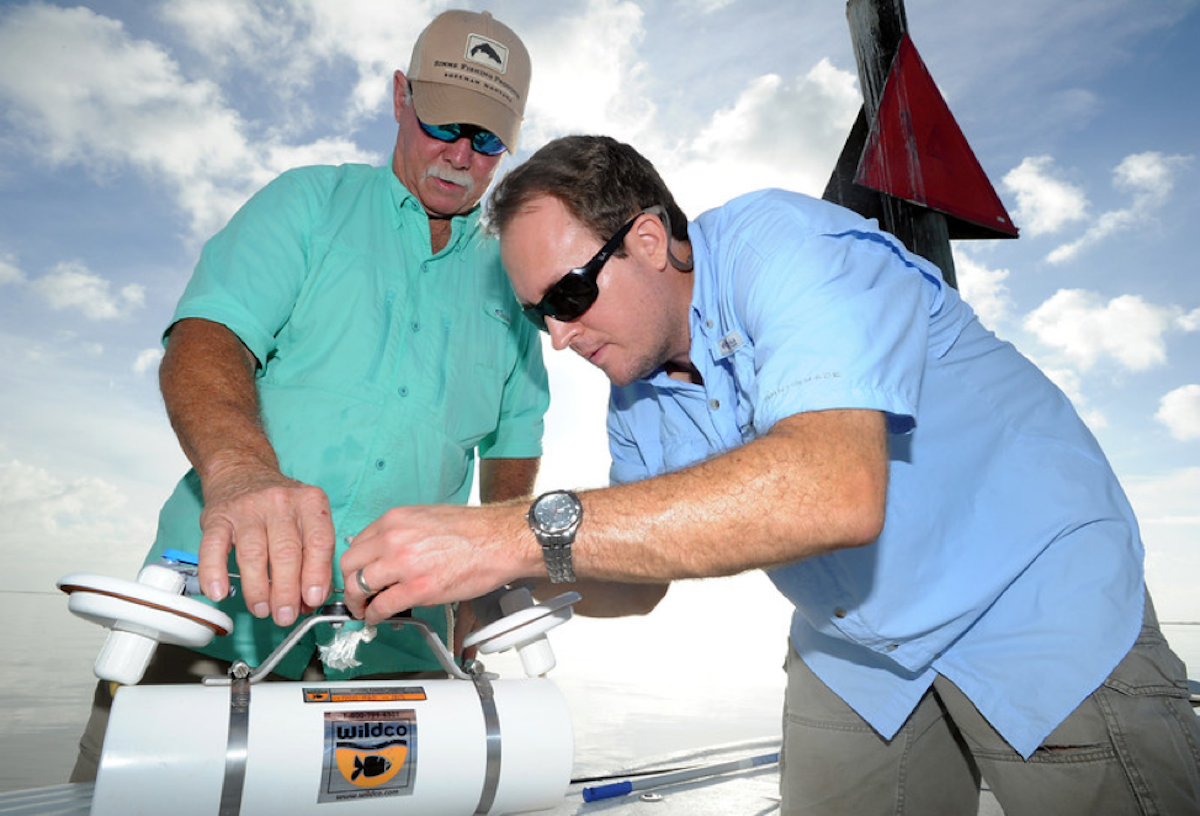With Texas Beaches Empty, Did Water Quality Improve?
Texas Sea Grant has awarded a rapid response grant to researchers at Texas A&M University-Corpus Christi to examine water quality data collected during the COVID-19 quarantine.
Jun 4, 2020

At the peak of quarantine during the COVID-19 pandemic, an image went viral on social media of the canals in Venice. As people stayed home, without the usual bustling human traffic of tourists, the city’s waters were left clear and shimmering, the bottom clearly visible – a picture that left many people around the world wondering if nature was doing better without us.
Dr. Michael Wetz, Chair for Coastal Ecosystem Processes at the Harte Research Institute for Gulf of Mexico Studies at Texas A&M University-Corpus Christi, and Dr. Jeff Turner, Texas A&M-Corpus Christi Associate Professor of Marine Biology, want to find out what happened to Texas’s coastal waters while we were inside. The duo recently received a rapid response grant from Texas Sea Grant that will allow them to examine water quality data collected during the quarantine to try to determine whether our waters changed or even improved while most people stayed home from the beach to wait out the pandemic.
The researchers will take water quality data collected on the Texas coast during the period of Texas Gov. Greg Abbott’s emergency stay-at-home order, which was issued March 31 and lasted through the month of April. They plan to compare data from that period to the same time in years past to determine how a lack of human activity might have impacted water quality.
“The quarantine period, and a reduction in things like beachgoers during Spring Break, gives us a rare opportunity to directly examine how humans affect coastal water quality,” Wetz said. “Beyond just the gee-whiz factor (like seeing clear canals in Venice), it can help us to identify areas on the coast where the human impact is most pronounced.”
The project begins immediately and will last through January 2021. They hope to have some findings available as early as this summer.
That can help scientists to prioritize projects like living shorelines, oyster reef restoration, and infrastructure improvements that could improve water quality for the benefit of our coastal habitats and our human economies, which in the beachfront communities that dot the Gulf of Mexico often depend on the health of the coast.
Wetz said the project was inspired by the images of Venice, but there’s already anecdotal evidence of some local water quality improvement.
While everyone focused on the amazing water clarity in those photos, a sharp reduction in tourists to coastal communities would have led to reduced bacteria coming from wastewater facilities and home septic tanks. Turner and his doctoral student Nicole Powers have already noticed a sharp drop in bacteria in their samples taken here in Texas, which they believe may be due to decreased human activity on the coast.
The group plans to examine coastal water quality data from the National Estuarine Research Reserve system, the General Land Office’s Texas Beachwatch bacterial sampling program, and other ongoing water quality monitoring programs to help determine how coastal areas were impacted.
By Nikki Buskey, communications manager, Harte Research Institute, Texas A&M-Corpus Christi
Republished with permission from the Harte Research Institute. View the original article.
